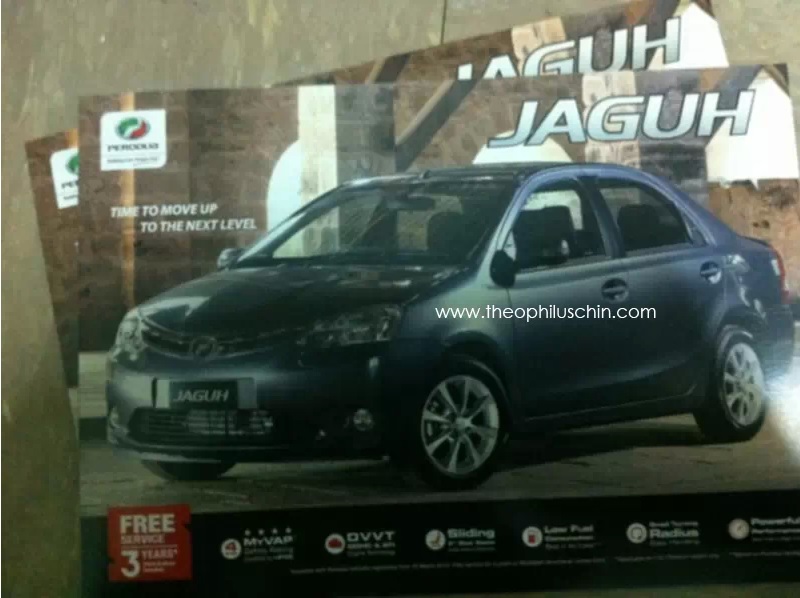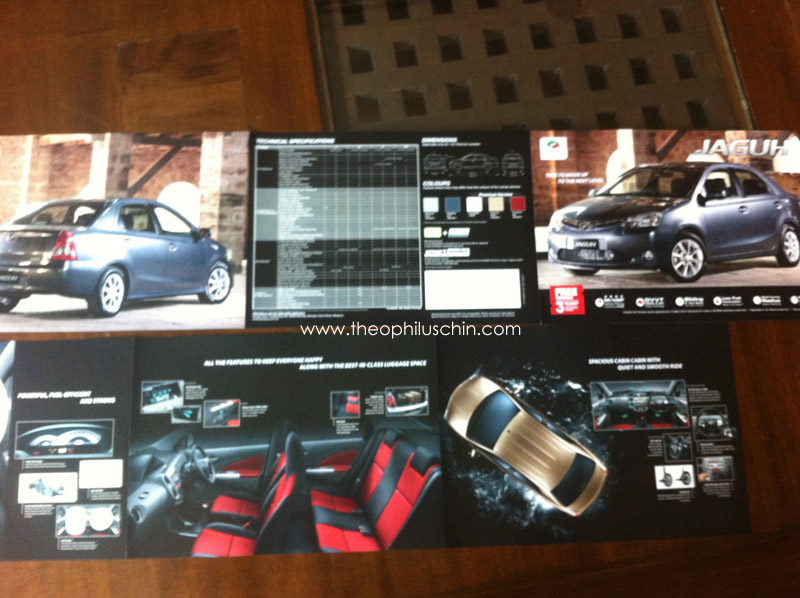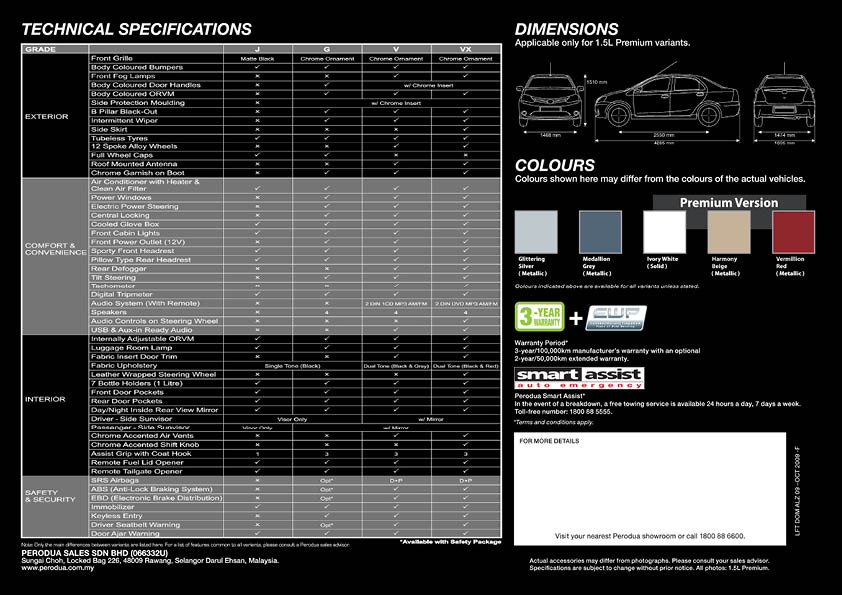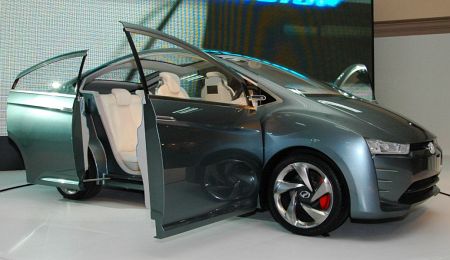In the span of 72 hours, popular “automotive manipulator” Theophilus Chin posted some images of a Perodua sedan that was part of a purported sales brochure for the national carmaker’s first-ever sedan model, and then came clean about faking it – but not before it gained the attention of various local automotive blogs as well as media outlets.
Question is, why was the hoax given such a limited shelf life?
There’s no denying that the supposed Jaguh sedan by Perodua was exceptionally well done, and managed to fool many with the rendered images that only a select few managed to call out as a fake when the images first appeared last Sunday. According to Chin, the Jaguh sedan was not just a rebadge of a Toyota Etios sedan, but also mixed several elements of the Perodua Alza MPV, including the general outlook of the brochure itself. What eventually proved to be the unraveling of the hoax was the oversight of some details in the sedan’s features.
At the time of writing, a Google search for “Perodua Jaguh” yields relevant results up to eight pages behind, including posts from international sites. That is definitely impressive, and is credit to Chin’s rendering skills. This leads to the compelling question: why wasn’t the Jaguh hoax given more time to proliferate? It obviously would give greater exposure to the Perodua brand, which is especially useful given that the company has serious plans to build a sedan. In addition, when the hoax is eventually revealed, the Theophilus Chin name would also gain greater reputation than what he already has; such is his impressive body of work.
We’ve seen this before in the tech world as well, with the recent “Sony Nexus X” coming to mind. The hoax lived for a good week or so before the prankster published a tumblr post providing detailed information about how the very elaborate hoax came to be – and crucially, the motivation behind the hoax (which was to convince both Google and Sony of how awesome a Sony Nexus smartphone would be).
At first glance, the Perodua Jaguh doesn’t appear to have any motivation behind it. So why go through all that hard work for something so short lived?
There are, naturally, some theories that springs to mind. The most obvious would of course be that Perodua – who appear to be caught unawares by this hoax – found Chin out and requested for him to reveal his hoax, before any negative publicity set in. After all, Perodua has every right to be nervous – the company plans to unveil a second concept sedan later this year, according to Paul Tan. Linking the company with the Toyoto Etios – where renders of the rebadged vehicle first appeared in February 2012, again by Chin – may also affect Malaysians’ perception of what the new sedan would look like. After all, the company had gone on record that its first sedan may be loosely based on the Bezza concept car, unveiled in 2010.
Now, at this juncture it makes sense to question if Perodua had been savvy to these leaks – or even be involved in this hoax all along. The elaborate hoax could have been a relatively risk-free “water-testing” exercise to gauge public reception of the idea. This would then explain the year-long “Perodua Etios” render from a year back, as well as the quick death of the hoax – the Perodua team may already have gotten the responses they needed for their study. All Perodua needed was to inform Chin to reveal that the Jaguh is a fake (possibly with some form of a golden handshake), and notify the media that they have no knowledge regarding the matter – and they’ll be clean.
Of course, I’m merely speculating all of the above – Chin may just have had a very inspired night and decided to revive one of his previous projects in a creative way – but it would hardly be surprising if there was some semblance of truth masquerading as a hoax here.
Follow us on Instagram, Facebook, Twitter or Telegram for more updates and breaking news.






